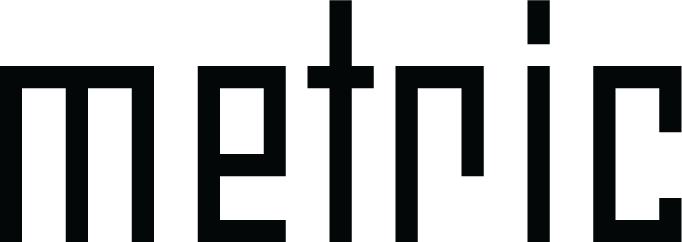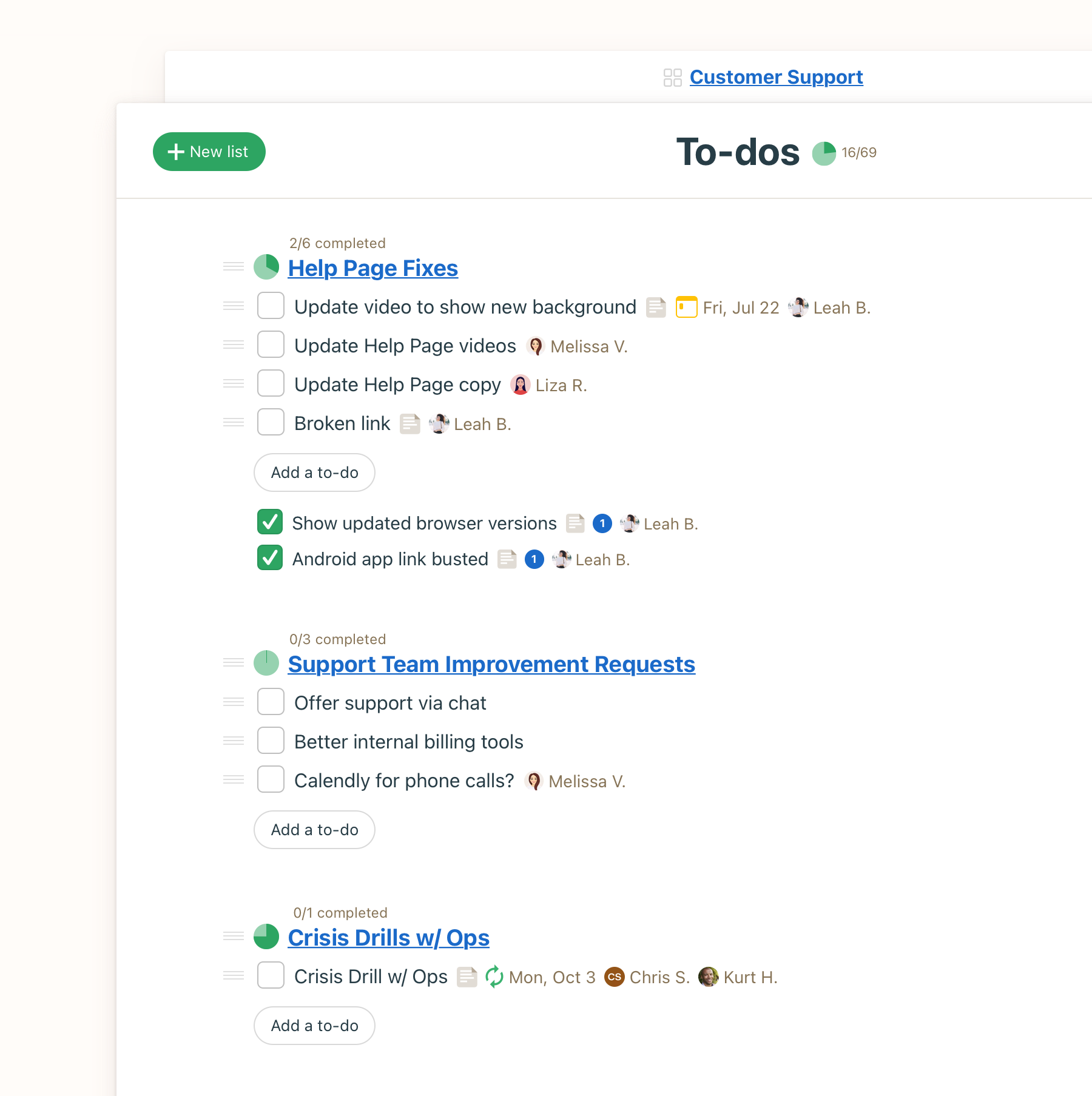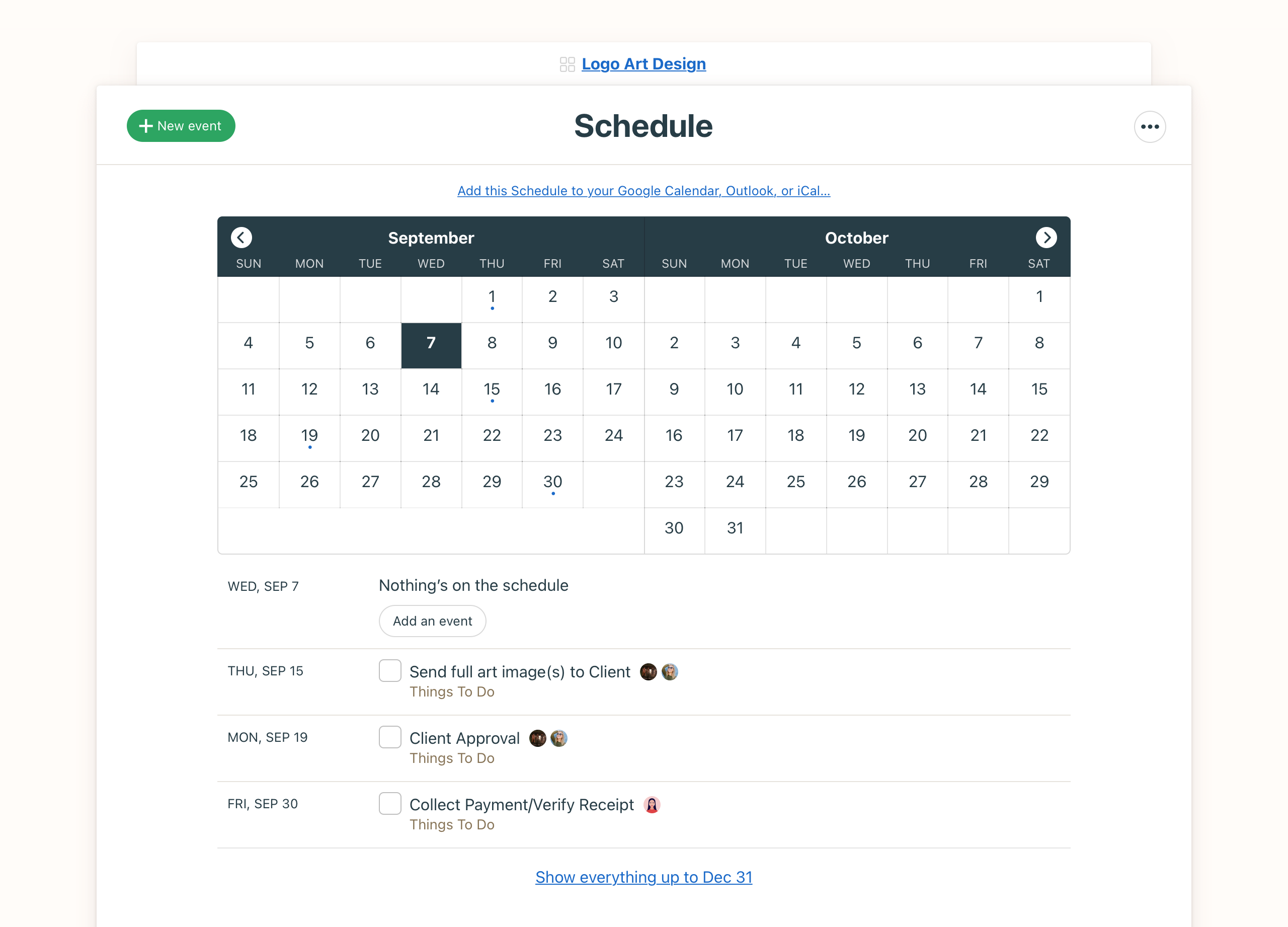
Basecamp is the best value-for-money project management and collaboration platform available today.
Its list of features, great user experience, and fair pricing have made it the perfect choice for agencies, freelancers, and brand marketers.
In this article, we’ll showcase how Basecamp helps Metric increase employee productivity, improve team collaboration, and reduce the agency’s use of email as a form of communication. Keep in mind that this is not a deep dive into every feature of the platform. Instead, it’s an overview of the key features that make Basecamp such a great tool for project management and collaboration.
Contents:
1. The TL;DR history of Basecamp
37signals was founded by Jason Fried, Carlos Segura, and Ernest Kimat at the very precipice of the dot-com bust in 1999.
Up until 2005 the company was mostly focused on consulting. After launching Basecamp, which would soon become their flagship product, 37signals decided to focus solely on their own projects.
“We are growing in the same way a lot of our customers are, so we build products that we need to run our own business. We just build stuff we want to use. If we need it, they need it.” – Jason Fried
One of the most significant events during 37signals’ early years was that Basecamp helped put Ruby on Rails on the map.
David Heinemeier Hansson was hired to build Basecamp. He made the decision to use the Ruby programming language, which was not popular at the time.
After completing his work on Basecamp, Hansson released Ruby on Rails as an open-source framework. According to Stackshare, Ruby on Rails has been used by over 3,413 companies, including Aribnb, Shopify, Twitter, and many more.
2. Pricing
For years Basecamp had a flat-rate pricing policy. The company had experimented with different tiers of pricing such as a free plan for up to 3 users (no longer available), and more standard plans priced at $49, $99, or $149 per month.
With the release of Basecamp 4, the company is changing to a price-per-user model. There is a flat rate of $11 per user per month.
As a new client, you get three seats free of charge for the first 12 months.

Currently, Metric’s annual plan costs $999 and we will continue to pay this amount as existing clients keep their plans.
We have onboarded 14 team members and 2 outside collaborators.
If we had used Monday.com instead, our annual bill would have been $1,637 under the standard plan or $2,619 under the Pro plan.
Under the new Basecamp pricing policy, our annual cost would go from $999 to $1,848 per year if we had to migrate to the new pricing.
For new Basecamp customers, the question of whether to join the platform or go with a competitor becomes more complicated after these changes.
However, what other project management platforms lack is the team communication features. So, even if Monday.com is cheaper, you would still need to pay an additional $7,5-$12,5 per user per month for a platform like Slack.
3. Key features in Basecamp
Goodbye teams, hello projects
37signals recently launched Basecamp 4, which is a significant improvement over the previous version. Basecamp 3 clients were automatically migrated to the new version.
You can see the full list of features or watch Jason’s walkthrough video.
One of the most significant changes is that you can no longer create teams. Back in previous versions of Basecamp, you could group departments or people with similar job functions in teams.
For example, your PPC department could use teams to coordinate billing, assign campaigns, schedule reporting cycles, upload guides, organize learning sessions, and much more.
Now, however, you can only create projects. This is meant to simplify workflow in the platform and it does make sense.
Projects are where people with different job functions work together.
Projects can contain the following modules or features:
- Message board
- To-dos
- Docs & Files
- Campfire
- Schedule
- Automatic Check-ins
- Email forwards
When you’ve created a project, you can add employees from your organization as well as clients and freelancers at no extra cost.
Projects are a great way to manage complex things such as media campaigns, video production, BTL activations, events, and so much more.
Let’s say your agency is working on a brand launch campaign for a client. You can use projects to assign tasks to each member of the team, monitor deadlines, coordinate launch dates, update media plans, and upload the correct visual assets, all in Basecamp.
Although Basecamp removed teams, the platform still automatically creates a space for company-wide announcements, policy documents, events, communication, to-do lists, and more. This space is usually named [Your organization] + HQ, but you can rename it however you like.
This is a great space to create a knowledge base for your organization.
4. Other notable features in Basecamp
Lists and tasks
To-do lists are essential for project management in Basecamp.
You can aggregate related tasks in groups called lists.
Each task within a list can be assigned to specific team members. You can add a deadline for the entire list and each task.
When a list or a task is added you can specify whom to notify when it is completed. Basecamp will also alert team members when the due date for a task is close.
Team members can upload files, add notes, or comment on tasks.
There is one downside to lists and tasks, however.
We created forms on Jotform and Google Forms and connected them to Basecamp. The good news is that you can create tasks on Basecamp by using forms. The bad news is that when the contents of a form have been updated, the integration doesn’t edit the existing task but instead creates a new entry.
But, of course, this is more of an annoyance rather than a dealbreaker. So, instead, we simply use Jotform linked to Google Sheets.
Activity
Activity is a powerful feature available for projects and the entire organization.
Everything done in Basecamp is placed in a timeline with all the relevant context. For example, if a graphic designer has uploaded visuals for a digital campaign, Basecamp will show their previews on the timeline and also display the name of the task and project.
Docs & Files
Docs and files is the place where you create folders and upload files that are relevant to your project.
A great feature in Basecamp is the ability to replace a file with a newer version. This ensures that you always see the final version of a given asset or file.
You can either upload a file from your device directly to Basecamp or simply link to an external platform such as Adobe Creative Cloud, Google Drive, Notion, OneDrive, Sketch, Zoho, and others.

Basecamp’s Docs & Files feature
Schedule
The schedule simply aggregates all the lists, tasks, and deadlines in a calendar. You can link Basecamp’s schedule feature to your Google Calendar, Outlook, and iCalendar.
One extra feature is the ability to designate when a member of the team will be on holiday. This lets everyone know who is available and who isn’t.
Message board
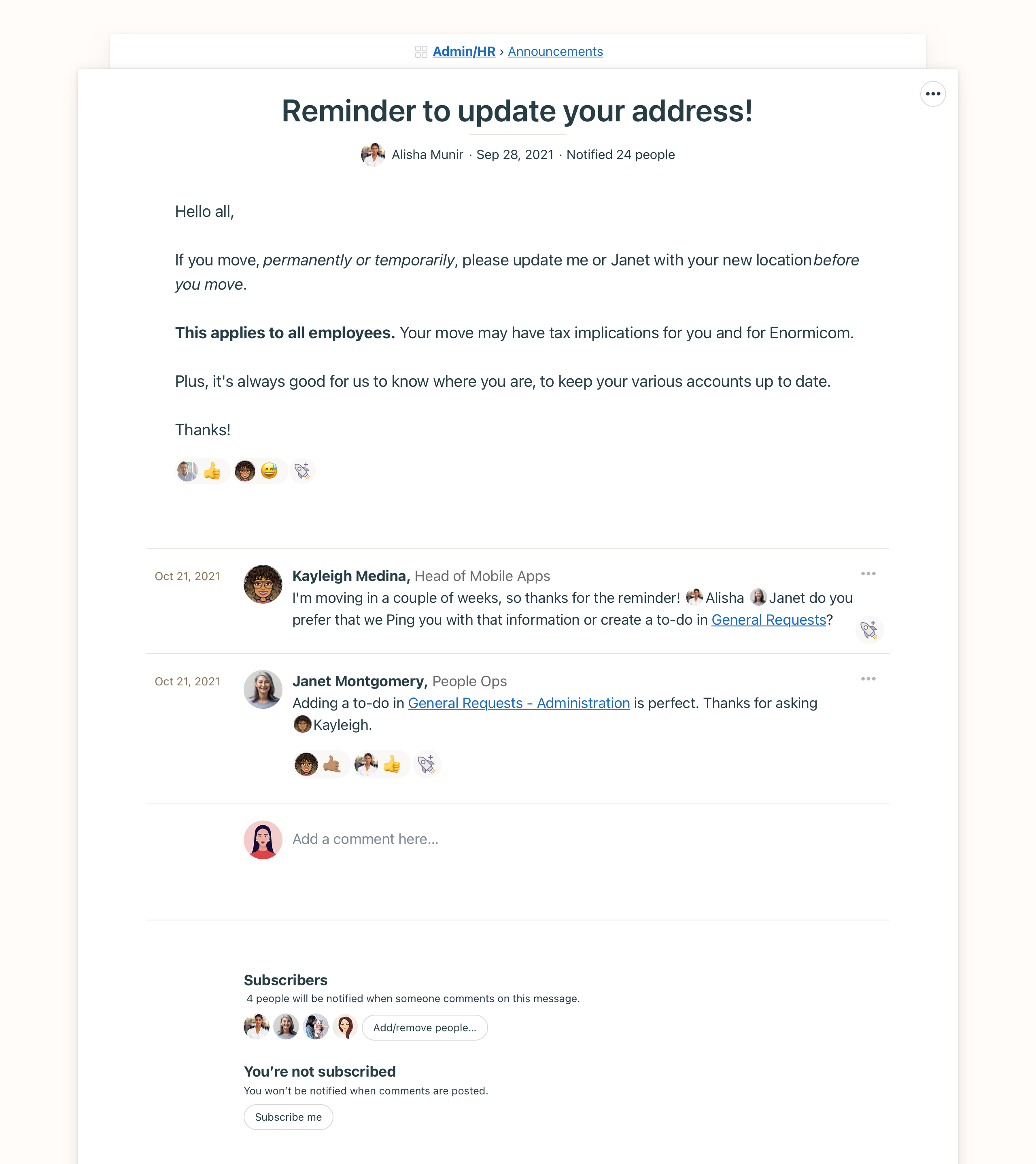
Message board
Message boards function like forums or Reddit posts. You can post an announcement, pitch an idea or ask a question. It is ideal for long-form discussions that don’t necessarily require a follow-up action as tasks do.
The idea behind message boards is to use them as an alternative to email.
Basecamp allows admins to create multiple message boards.
Campfire
Campfire is Basecamp’s group chat feature. You can use it in both teams and projects. There’s nothing extraordinary about this feature, but it does help team members talk to each other in real time.
Just like with message boards, Basecamp allows admins to create multiple campfire groups.
Pings
Pings are private direct messages between two or more people in an organization. We did find this feature to be a bit sluggish sometimes.
5. How we work with Basecamp
We use Basecamp to coordinate all our work and campaigns for adidas in Bulgaria.

Every digital campaign is structured in a single list that includes all its related tasks. Each task is assigned to one or more employees.
Digital account managers, for example, are assigned tasks such as developing the media plan and creating UTMs based on the client’s naming convention and taxonomy. They know exactly when the campaign has to be sent to the ad operations department for them to prepare ad verification tags.
Thanks to Basecamp, our ad operations department is always aware when a campaign has been approved, when they have to prepare tags and set up the campaign so that it goes live on time.
Additionally, account managers also make sure to specify when the campaign post-buy has to be ready and sent to the client, well before the campaign is even completed.
This makes it easier to manage projects because it minimizes the risk of being blindsided by a deadline since Basecamp will always send us a heads-up and a reminder.
Our design team uses Basecamp to keep track of the deliverables they need to produce for campaigns and projects.
When a designer is ready with a visual or a video, they simply upload the files to the Docs & Files module and mark the task as completed.
Our most recent campaign for adidas had over 63 individual tasks that covered video production, banner design, content writing, influencers, and all the technical aspects of launching a digital media campaign.
Since the adidas NMD_v3 campaign was entirely managed on Basecamp, the team hardly used email at all. They communicated entirely via Basecamp and only used email to share the media plans, and send the invoices and the post-buy reports to the client.
Theoretically, we could have even added the influencers and publishers involved in the campaign to Basecamp. However, because each publisher has its own campaign booking workflow it didn’t make sense to onboard some but not others.
Thanks to Basecamp the team managed to organize the production of a major video project and launch a media campaign in less than two weeks.
Check out the results:
Another great use of Basecamp at Metric is for new business pitches.
For example, between mid-August to late September of 2022, Metric was invited to a media pitch for a financial institution.
We had to develop a comprehensive digital strategy and prepare detailed plans for the next 16 months.
The first thing we did was upload the client’s brief to the Message board so that team members could freely discuss it.
We then deconstructed the process from start to finish in the form of to-do lists on Basecamp.
Since the pitch included a Q&A phase, we used the Message board to also aggregate a list of questions for the client.
When the junior account manager was ready with the media plan, they would upload it directly to the Docs & Files space and their supervisor would immediately receive a notification.
If a media plan had to be updated, it would simply replace the previous version of the file in Docs & Files.
If anything came up or if changes had to be made, the team would communicate either through Pings (aka direct messages) or via the Message board, which was used primarily to discuss topics that required input from other team members.
The team managed to coordinate the entire pitch process without the use of a single email between the team members. All communication was done in Basecamp.
The only time we had to use email was to send questions to the client about the brief and to submit the final proposal.
6. Conclusion & final thoughts
The recent change in the platform’s pricing policy is concerning, but it will mostly impact larger organizations. Time will tell if the change forces bigger clients to move to project management tools such as Monday.com, ClickUp, Wrike, and others.
Basecamp is perfect for marketing and advertising agencies and small businesses, in general.
For us, one feature that is noticeably lacking in Basecamp is timesheets.
However, for IT companies and larger organizations, there are better alternatives.
For now, as a small digital agency, we are going to stick with Basecamp.
